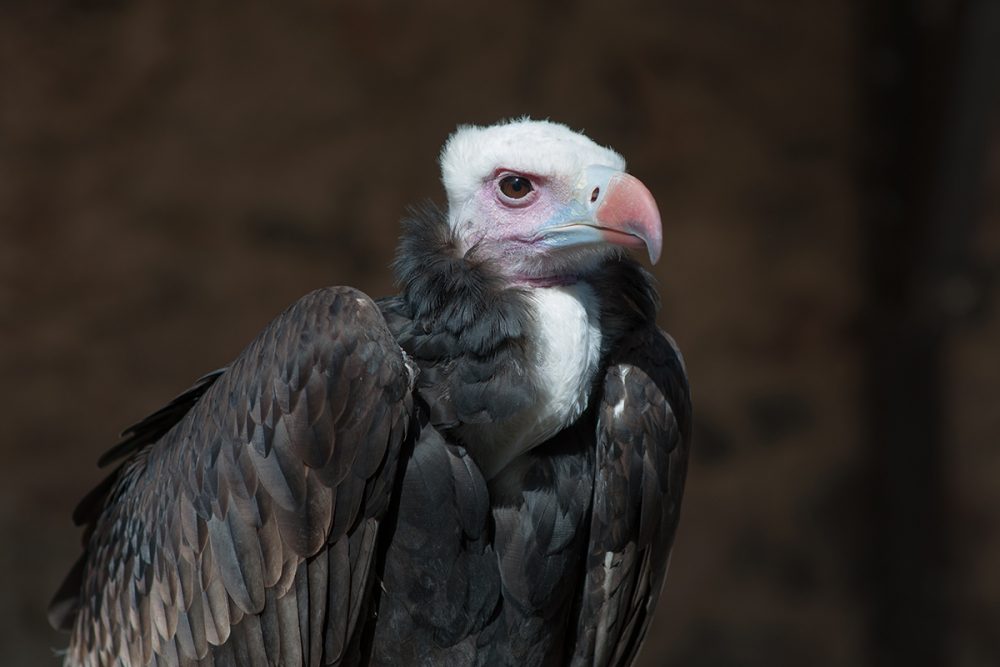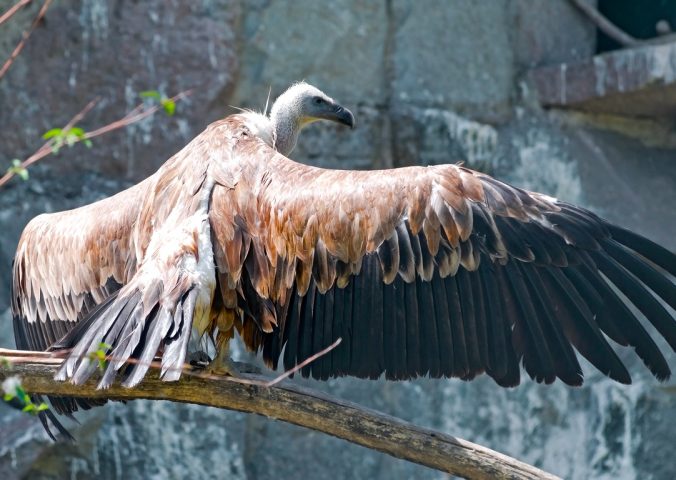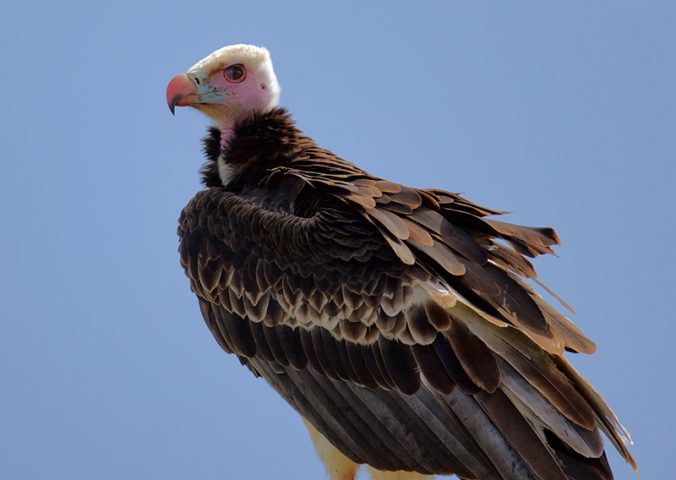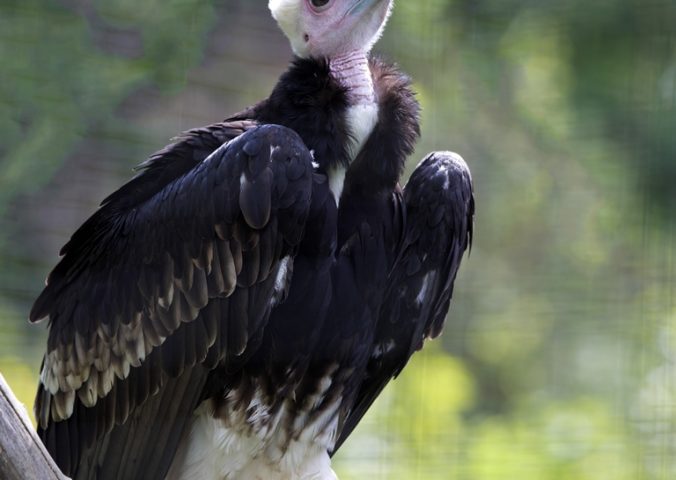About
The White-headed Vulture has undergone catastrophic declines in population number, with an estimate median decline in 96% over three generations (45 years)
This decline has been seen in its very large range from West Africa, across to southern Africa also. Reductions in populations of medium-sized mammals and wild ungulates, as well as habitat conversion throughout its range best explain the current decline. Additional threats include indirect poisoning at baits set to kill jackals in small-stock farming areas. This species is also recorded in trade in West and Central Africa as this species is used for both traditional medicines and also they are intentionally killed for use in witchcraft. This species is part of the Accipitridae bird family, which diverged from all other species of bird 49.6 million years ago during the Paleogene period. Vultures split from the other genera in this family 12.7 million years ago. This species is highly sensitive to land-use and is concentrated to protected areas. Individuals were marked with patagial (wing) tags in Fouta Djallon vulture sanctuary to monitor movements and for a toxicological assessment of the vulture population of the park. Additional studies to monitor the movements of individuals within and between protected areas in underway is South Africa.
- Order: Accipitriformes
- Family: Accipitridae
- Population: 2,500-9,999
- Trend: decreasing
- Size: 72-85cm
- Weight: 4-4.7kg
EDGE Score
Distribution
This species has a very large range in sub-Saharan Africa, from Senegal, Gambia, Ethiopia, Somalia, South Africa and many more countries.
Habitat and Ecology
This species lives in mixed dry woodland at low altitudes, avoiding semi-arid thornbelt areas. They occur up to 4,000 metres in Ethiopia. This species is a long-lived resident that maintains the territory. They fly lower than other vultures and are often the first to arrive at a carcass. They nest and roost in trees, often in Acacia or baobabs. Clutches are usually only of one egg, laid during the dry season.



